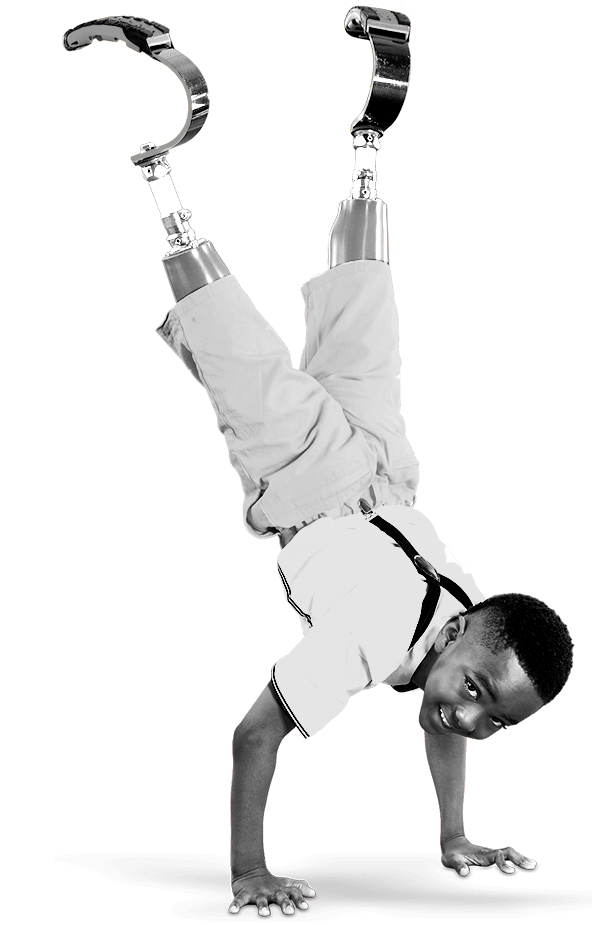
Jul 22, 2021 / Sports Medicine
Recovery Strategies for Young Gymnasts
Gymnasts have training needs that differ from many other athletes.
The demands on gymnasts typically involve many hours of high-intensity skills training. Not addressing recovery with the same commitment can leave them less prepared for another workout and at an increased risk for injury. Gymnasts and other athletes have to balance training sufficiently with appropriate rest and recovery techniques. Investing valuable time and money into recovery strategies requires thoughtful consideration.
Recovery principles include reducing edema (swelling), improving blood flow, restoring damaged muscle cells, reducing soreness and returning the athlete to a state for optimal training. These are achieved using a combination of these modalities:
Learn more about pediatric sports medicine.
The demands on gymnasts typically involve many hours of high-intensity skills training. Not addressing recovery with the same commitment can leave them less prepared for another workout and at an increased risk for injury. Gymnasts and other athletes have to balance training sufficiently with appropriate rest and recovery techniques. Investing valuable time and money into recovery strategies requires thoughtful consideration.
Recovery principles include reducing edema (swelling), improving blood flow, restoring damaged muscle cells, reducing soreness and returning the athlete to a state for optimal training. These are achieved using a combination of these modalities:
- Compression
- Massage
- Cold
- Massage sessions or tools – Generalized massage can be beneficial to circulate the blood and prevent stiffness post-workout. Localized massage, foam rollers or manual therapy can address specific areas of pain or release tense muscles to reduce postural malalignment.
- Contrast hot/cold pools – Water offers a dua
 l approach to recovery. The immersion provides compression and alternating between warm and cold environments adds the benefits offered by cold therapy. At Scottish Rite, we have HydroWorx® hot and cold plunge pools for our patients.
l approach to recovery. The immersion provides compression and alternating between warm and cold environments adds the benefits offered by cold therapy. At Scottish Rite, we have HydroWorx® hot and cold plunge pools for our patients. - Epsom salt baths – Easy to implement at home, adding Epsom salt (a naturally occurring mineral compound) to a bath offers a combination of the benefits of compression from immersion as well as possible benefits from the absorption of magnesium, which may help to reduce muscle soreness.
- Combination cold and compression – After an injury or training, RICE (Rest Ice Compress Elevate) is a traditional approach to reduce swelling. Our team uses a GameReady® device which provides both cold and compression. The device circulates very cold water around the joint or limb while simultaneously mimicking the muscle pumping actions that circulate blood and prevent swelling.
- Dynamic compression device - Improving on a therapeutic concept of sequential compression to improve blood flow in the legs, companies like Normatec offer a sleeve that applies a wave of pressure to mimic muscle action.

- Active recovery – Lower intensity exercise after higher intensity exercise may help reduce stiffness, optimize gains made during training and use muscle activation to create the compressive forces to improve blood flow. Examples include:
- Dynamic (active) or static stretching
- Swimming
- Yoga
- Pilates
- Cycling
- Nutrition – Properly timed and pre- and post-workout fueling help optimize the athlete’s recovery:
- Anti-inflammatory foods that have shown promise in treating muscle soreness: watermelon, cherry juice, pineapple and ginger.
- Recovery snacks need these three key components:
- Carbohydrates
- Protein
- Fluid
Learn more about pediatric sports medicine.



